When it comes to modern architecture and interior design, decorative perforated steel has emerged as a versatile and stylish choice. With its unique ability to combine aesthetic appeal with structural integrity, this material is increasingly popular among designers, builders, and homeowners alike. In this comprehensive guide, we will delve into everything you need to know about decorative perforated steel, from its applications and benefits to its various types and design options.
What is Decorative Perforated Steel?
Decorative perforated steel is a type of metal that has been punched or stamped with a series of holes, slots, or patterns. This process not only enhances its visual appeal but also provides functional benefits such as reduced weight, ventilation, and light diffusion.
History of Perforated Steel
The use of perforated metal dates back to the early 20th century, where it was primarily used in industrial applications. However, over the years, designers have discovered its potential in architecture and interior design, leading to an explosion of creative uses.
Applications of Decorative Perforated Steel
- Architectural Facades
- Interior Partitions
- Furniture Design
- Sunshades and Cladding
- Sound Attenuation Panels
Architectural Facades
One of the most common applications of decorative perforated steel is in architectural facades. It provides an eye-catching exterior while offering structural support.
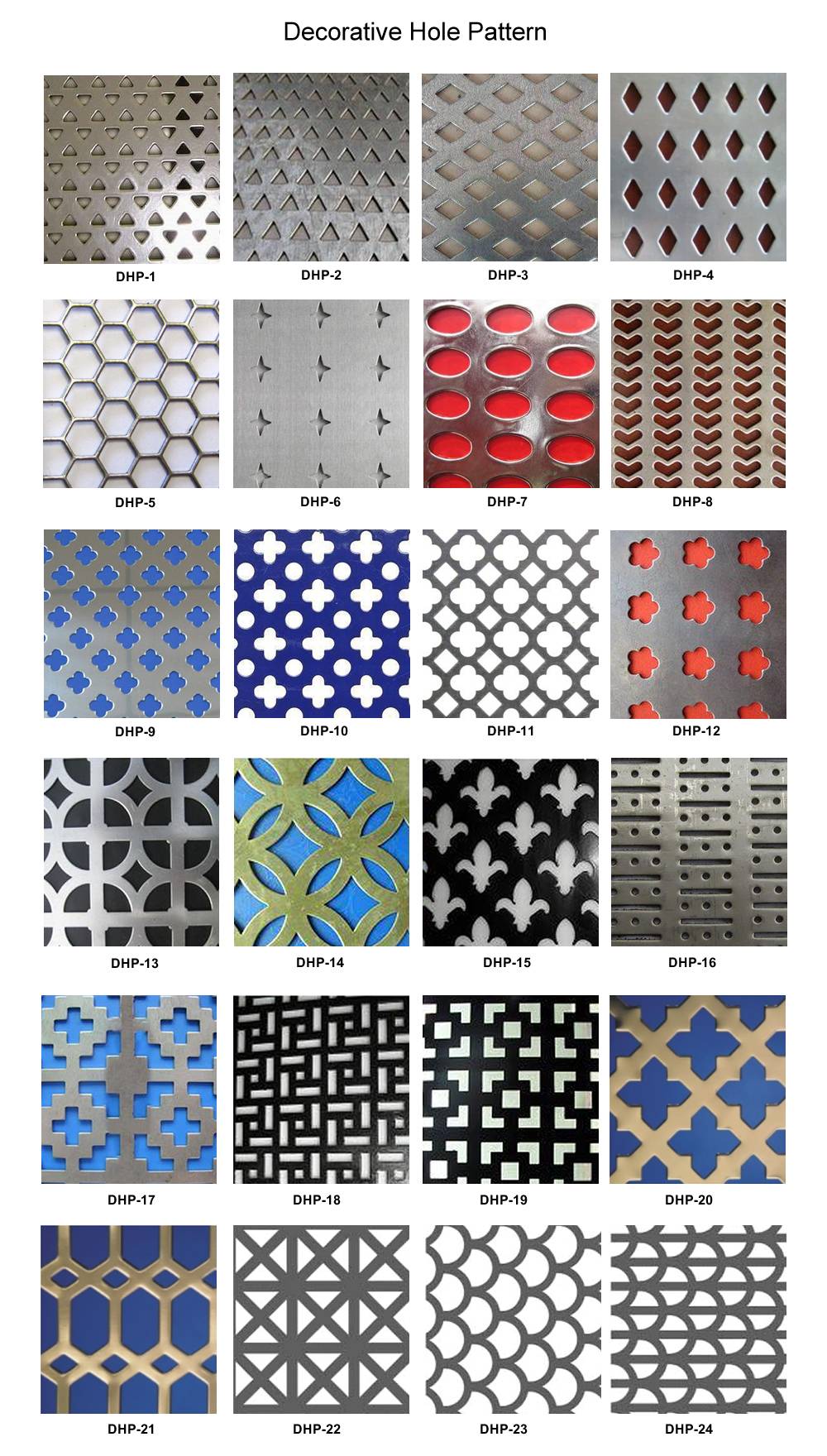
Interior Partitions
Using perforated steel as interior walls or partitions adds a modern touch to any space, allowing for creativity without compromising on strength.
Furniture Design
From coffee tables to shelves, artists and manufacturers are using perforated steel to create unique home furnishing pieces that combine form and function.
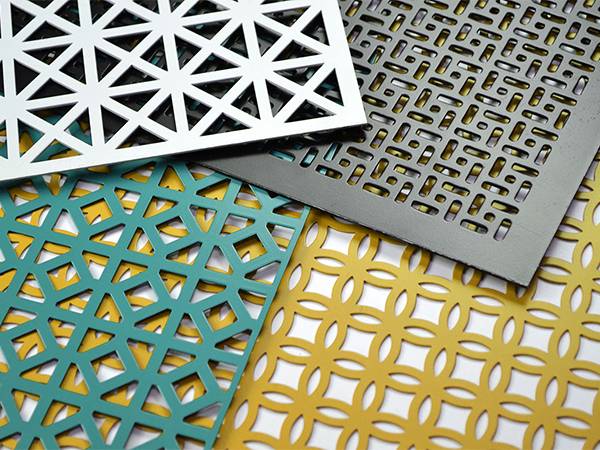
Benefits of Decorative Perforated Steel
Choosing decorative perforated steel offers numerous advantages:
- Durability: Steel is known for its strength and longevity.
- Lightweight: The perforation process reduces the overall weight without compromising strength.
- Customizability: It can be designed in various patterns, sizes, and colors to suit your needs.
- Eco-friendly: Steel is recyclable, making it a sustainable choice.
- Cost-effective: While initial costs may vary, its longevity and low maintenance requirements save money over time.
Types of Decorative Perforated Steel
There are several types of decorative perforated steel based on the hole size, pattern, and thickness:
- Flat Sheet Perforated Steel: Ideal for paneling and cladding.
- Expanded Metal: Features diamond-shaped openings, perfect for architectural applications.
- Wire Mesh: Provides great flexibility in design.

Comparison of Different Types
| Type | Best Use | Pros | Cons |
|---|---|---|---|
| Flat Sheet | Panels | Versatile, customizable patterns | Can be heavier |
| Expanded Metal | Architectural features | Strong, lightweight | Limited pattern options |
| Wire Mesh | Fencing, interior design | Highly flexible | May require additional framing |
Design Considerations
When considering decorative perforated steel for your project, keep the following in mind:
- Pattern Selection: Choose a pattern that complements your overall design.
- Color Finishes: Consider powder coating or painting to enhance aesthetics.
- Thickness: The thickness of the steel can affect both the durability and weight.
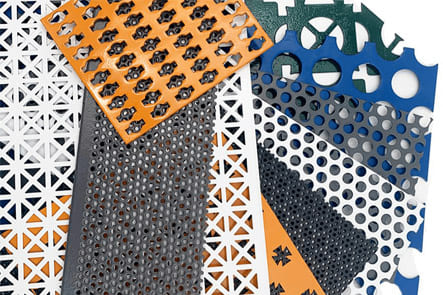
Personal Experience with Decorative Perforated Steel
As an architecture enthusiast, my first encounter with decorative perforated steel was during a visit to a local art installation. The play of light through the patterns created an enchanting atmosphere that left a lasting impression. This experience ignited my interest in how perforated steel can transform spaces—both commercial and residential.
Installation Process
Installing decorative perforated steel requires careful planning and execution:
Preparation
Ensure that the installation area is properly measured and cleared.
Framing
Construct a robust framing system to support the panels if needed.
Securing Panels
Use appropriate fasteners and techniques to secure the steel in place.
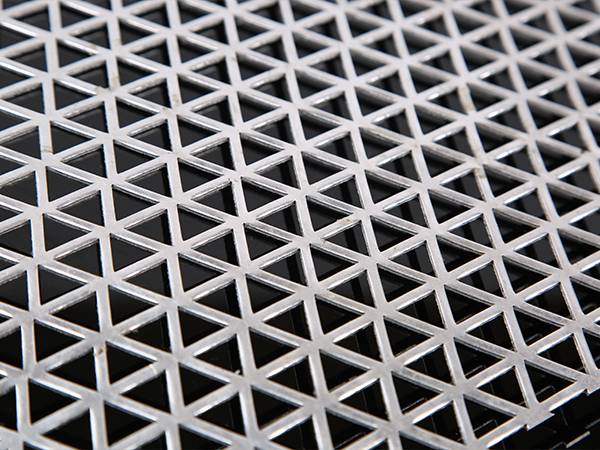
Maintenance of Decorative Perforated Steel
To ensure longevity, regular maintenance is essential:
- Cleaning: Regularly clean with mild soap and water.
- Inspection: Check for signs of rust or wear.
- Painting: Repaint or refinish as necessary to maintain appearance.
Cost Analysis
The cost of decorative perforated steel can vary widely based on factors such as material thickness, design complexity, and project size. Here is a rough breakdown:
| Type | Cost per Square Foot |
|---|---|
| Flat Sheet | $10 – $30 |
| Expanded Metal | $7 – $25 |
| Wire Mesh | $5 – $20 |
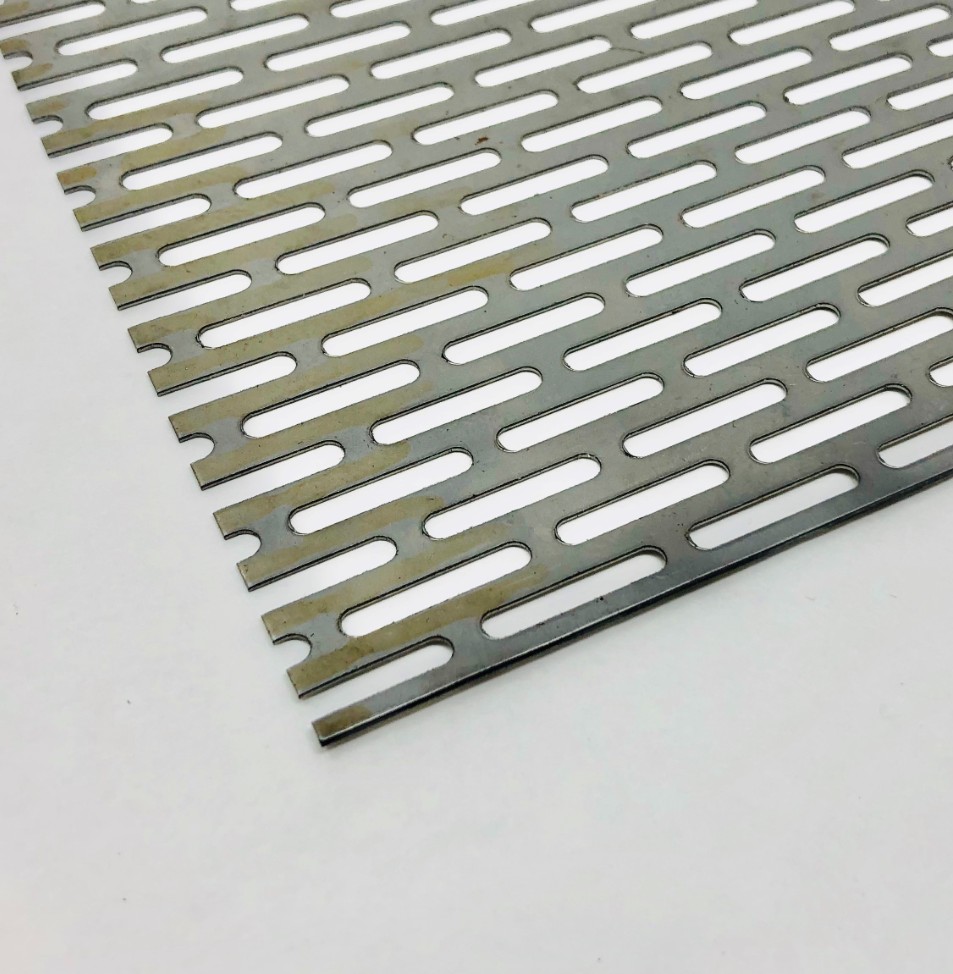
FAQs About Decorative Perforated Steel
What are the advantages of using decorative perforated steel?
Decorative perforated steel offers durability, lightweight design, customization options, and eco-friendliness, making it an excellent choice for various applications.
Can I customize the patterns on perforated steel?
Yes! Decorative perforated steel can be customized in terms of patterns, sizes, and colors, allowing for unique designs that suit specific projects.

Is decorative perforated steel weather-resistant?
When properly coated and maintained, decorative perforated steel can withstand various weather conditions, making it suitable for both indoor and outdoor use.
How do I clean decorative perforated steel?
Clean it with a mild soap solution and a soft cloth to remove dirt and grime. Avoid abrasive materials that could scratch the surface.
Conclusion
In conclusion, decorative perforated steel is a remarkable material that combines functionality with aesthetics. Whether you’re an architect, designer, or homeowner, understanding its benefits and applications can inspire innovative design solutions. As we’ve explored in this guide, from architectural facades to furniture design, the possibilities are endless.
So, next time you’re considering materials for your project, take a moment to envision how decorative perforated steel can elevate your design to new heights!